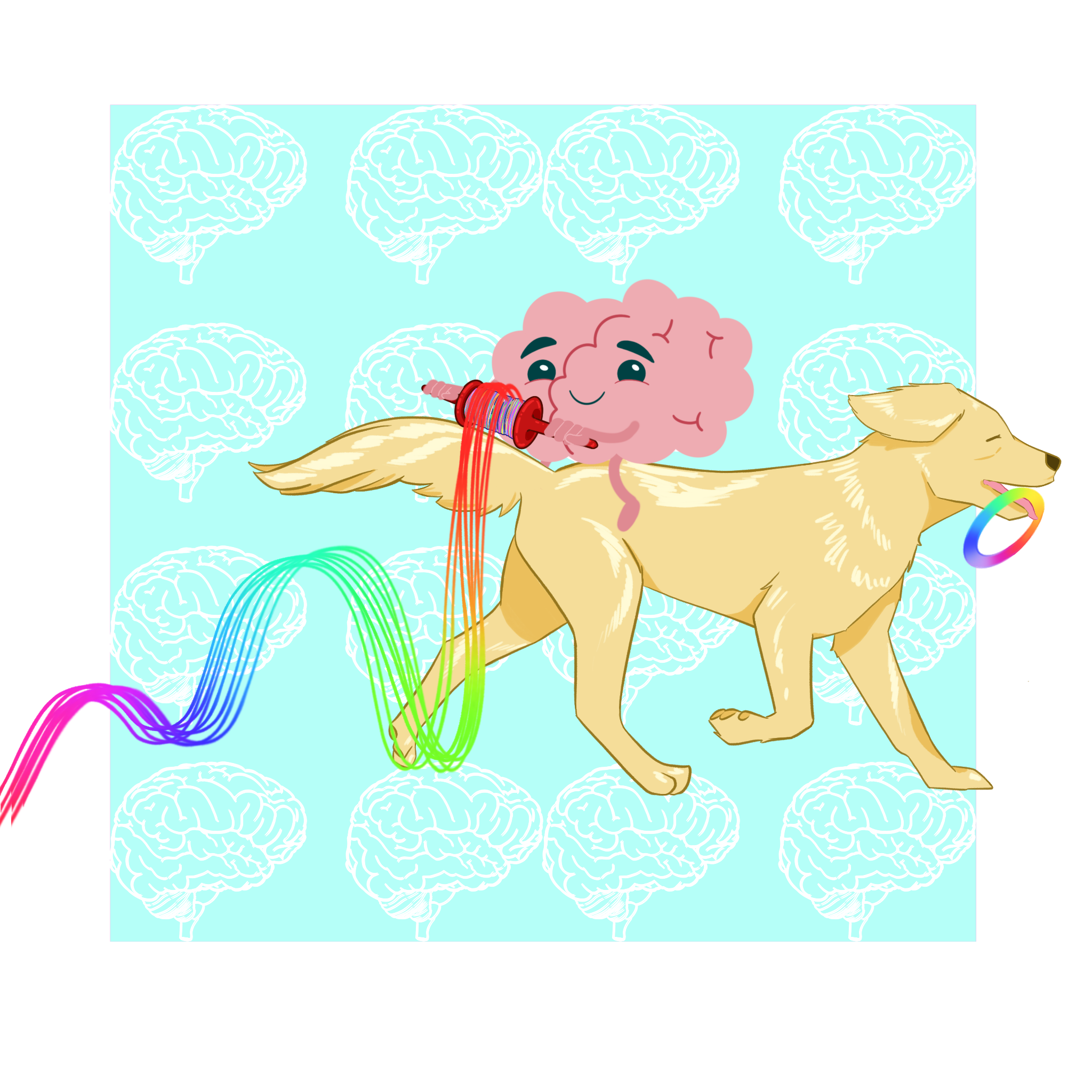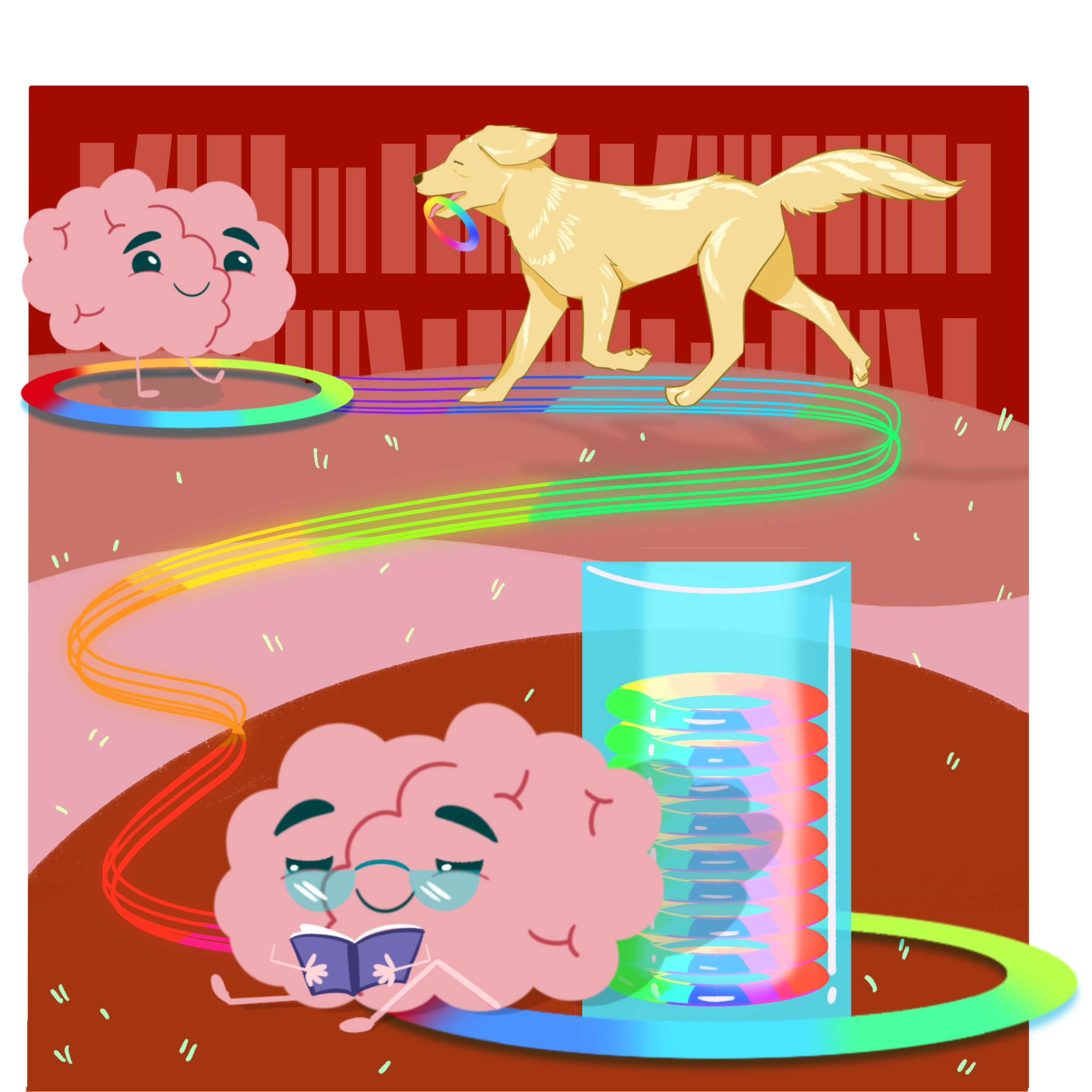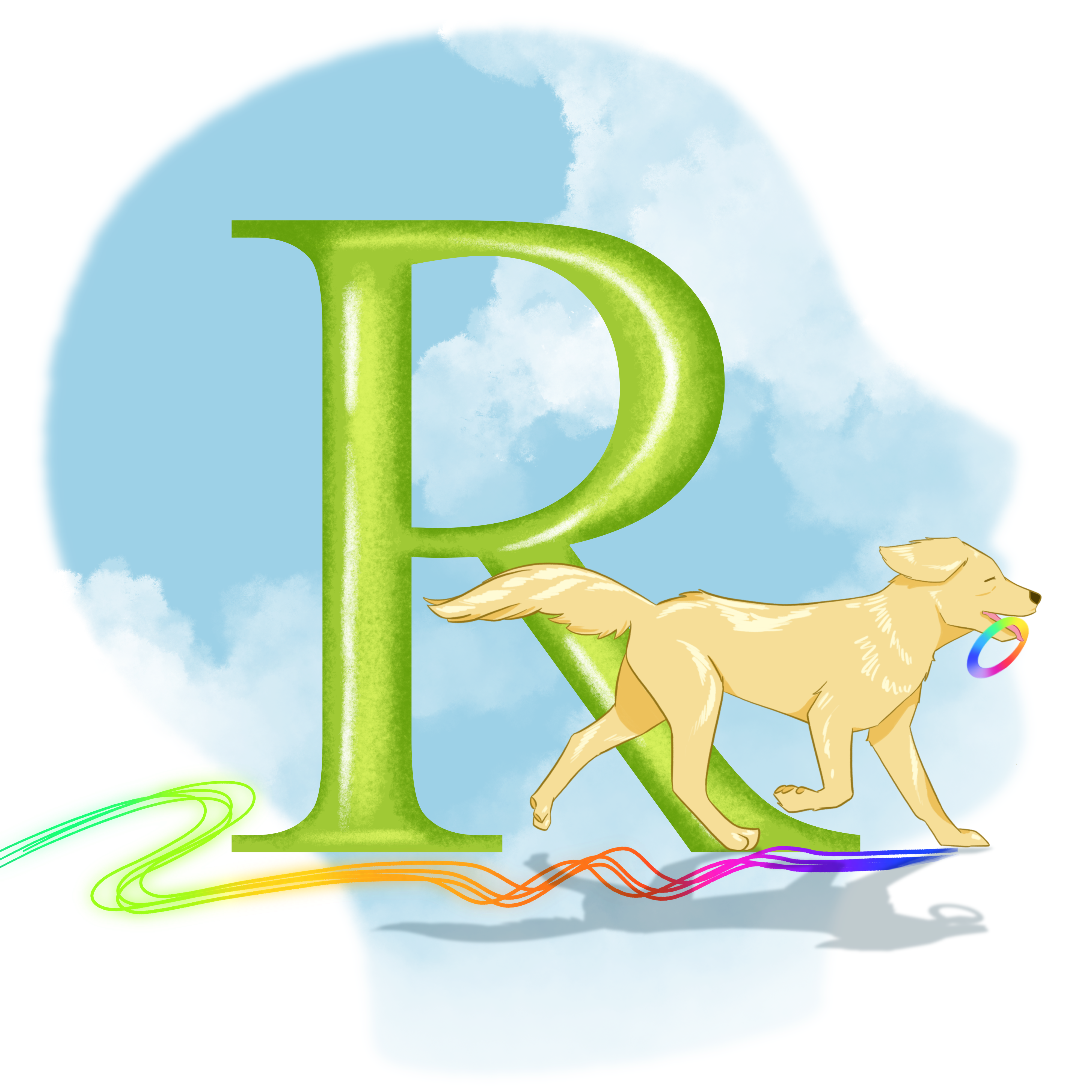25 Retrieval
“R” Retrieval
The “R” of LEARN stands for “RETRIEVAL” of newly learned information. For long-term learning, you need to retrieve information from memory many times before a test to ensure you will remember it on test day and beyond.
Learners gain knowledge and skill by:
- Understanding the benefits of retrieval over cramming and other poor study methods
- Learning strategies to practice Retrieval.
- Considering the role of feedback, spacing, and interleaving on retrieval
Retrieval is the process of bringing learned information from long-term memory (stored memory in the brain) back into (working memory) your conscious experience. Your consciousness is where you use initial memory resources, and it is where you “hear” your inner voice. When someone suddenly speaks to you or a noise breaks your inner concentration, those experiences help you to understand the same workspace that we will discuss when it comes to memory retrieval.
Good retrieval is like having the best ball or frisbee-catching dog. When I was studying Psychology, one of my mentors had a Border Collie. I would throw a frisbee to him many times during a visit (frankly to tire him out – these dogs have endless energy) and he was excellent at bringing it back to me. You might have a retrieving dog (think Labrador or Golden Retriever or maybe your dog would want nothing to do with playing fetch – and when a toy is thrown there is zero chance it is coming back to you).
Retrieval success demonstrates learning. Anytime you bring information to mind (in class typically through questions / quizzes / exams / writing prompts), you are demonstrating learning.
In the brain, retrieval works like turning a light switch on and off. If I say, “Think about your favorite elementary school teacher,” then electrical energy is sent through specific neurons in the brain. Trillions of neurons can be responsible for storing memory, and we can only hope the information we learned is stored well enough that information from our brains (long-term memory) sends something back to conscious short-term memory that we can use. Most likely you’ve got the name or names of teachers you were not thinking about AT ALL until this moment. That is the magic of retrieving well-learned information.

See this reminder video and an additional explanation of how memory works:
Retrieval success is the cornerstone of evaluating your own learning. Many times, when we are trying to remember something, nothing comes back to us by way of the retrieval process. I know I’ve blankly stared at an exam hoping the correct information will come to me.

